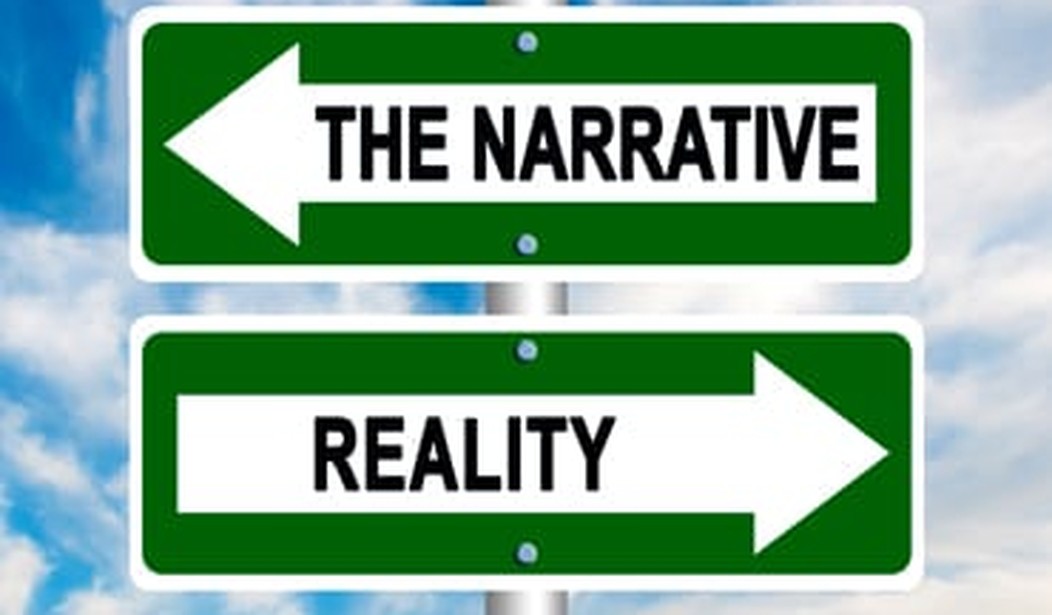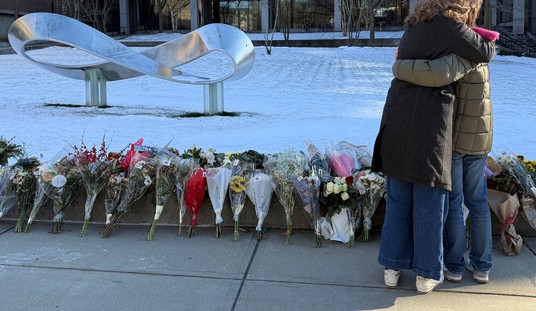I popped into London’s National Portrait Gallery this morning and, prudently avoiding the floor devoted to 20th- & 20th-century pop “icons” (read, “louts”), made my way to the hall given over to portraits of the Tudors, you know Henry VII through Elizabeth I. The 1505 portrait of Henry Tudor (as he was before the Battle of Bosworth Field in 1485) is in fact the earliest portrait in the NPG’s collection. Apparently, it was painted as part of a marriage proposal to Margaret of Savoy, daughter of Holy Roman Emperor Maximilian I. Even sympathetic observers, I suspect, will understand why the image depicted in painting did not clinch the deal.
There are several famous pictures in those galleries, and some not so famous. One that caught my attention was an anamorphic painting of the ill-fated King Edward VI, Henry VIII’s only son, who assumed the throne (under a regent) at the age of nine and died six years later, at fifteen. Most readers probably know Hans Holbein’s famous anamorphic painting “The Ambassadors” (1533), in which a memento mori is placed in the foreground between the two important-looking men. At first glance, it seems like a semi-abstract blob, but seen from the correct perspective, it resolves itself into a skull. sic transit, etc. etc.
The portrait of Edward (1546) is not so portentous. You can tell straightaway that the picture contains the image of a face, a distorted one, but it is only when you look at the the picture from a particular spot on the far right that the jumble resolves itself into a neat little medallion of the young prince, replete with inscription.
The extraordinary cacophony that is masquerading as the 2016 presidential election coverage made me wonder whether there wasn’t an analogous key to what is happening.
Partisan politics is always, well, partisan. There’s nothing wrong with that. The rough and tumble of political debate is probably a good thing, though no one in his right mind believes that the exchanges of vituperation and tu quoques have anything to do with truth (anyway, there’s no truth on your side: the jury is out on my side, of course).
But it is my sense that the acrid panic of the press coverage in this election represents something qualitatively different from what we’ve seen before. Yes, I remember how the mainstream media — The New York Times, The New Yorker, and elsewhere — savaged Ronald Reagan and George W. Bush. But the treatment accorded to Donald Trump, I believe, represents a significant new development.
It’s not that I think The New York Times or its surrogates would or even should be even-handed. They, the networks, the whole unspoken compact of establishment wisdom are, man and boy, for Hillary. Every thinking person knows that, and no one should expect anything else.
Still, I have been surprised by two things: 1. the unanimity of the response against Trump and 2. it’s unvarnished fury. Trump’s besetting weakness in this little danse macabre is his susceptibility. Like that most susceptible Chancellor in Gilbert & Sullivan’s Iolanthe, he seems unable to help himself when needled. He just has to respond. Who cares if he had a spat with a Beauty Queen who was running to fat? He shouldn’t have taken that bait, just as he shouldn’t have taken the bait offered by the Constitution-waving Muslim at Hillary’s convention.
Of course, it’s easy to say that. It’s not you being needled on national television, in front of an obviously biased moderator. But still, it’s something Trump should work on. “Tomorrow,” he should say to himself, “I will not Tweet until 10:00a.m., the next day until 11:00,” until, by degrees, he weans himself of the dangerous habit.
My own feeling is that Trump’s time between now and November 8 should be taken up with two things, and two only: 1. laying out and refining his policies on the economy, on energy, on immigration, on national security. And 2. attacking the Hillary-Obama record: the low growth, the disastrous job situation, the shambles of their foreign policy “resets,” the existential dangers they have bequeathed us with their handling of the terrorist threat and immigration. Pound away on those things, forget about plump beauty contestants.
But beyond all this, I continue to sense that there are large puzzles in this election that only the illuminati understand. The unprecedented fury of this election cycle — I think it may exceed even the fury that attended the election of 1800 — makes me suspect that there are wheels within wheels, vested interests that we poor yobs on the ground really do not understand. I’m not sure that the Lester Holts of the world — the media’s “moderators” and guns for hire — understand it either. Hillary Clinton, I suspect, does. Donald Trump? Hard to say.
But it would be nice if we could only discover that special privileged spot to stand wherein the confusing mess splayed out before us would resolve itself into an intelligible picture. I am not naive enough to believe I would necessarily like what I saw. But apprehending the truth of the matter, if but momentarily, would be its own satisfaction.










Join the conversation as a VIP Member